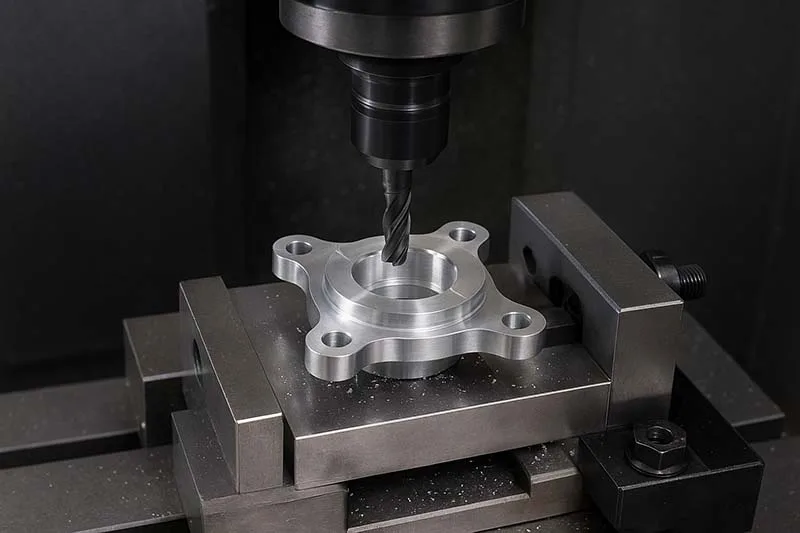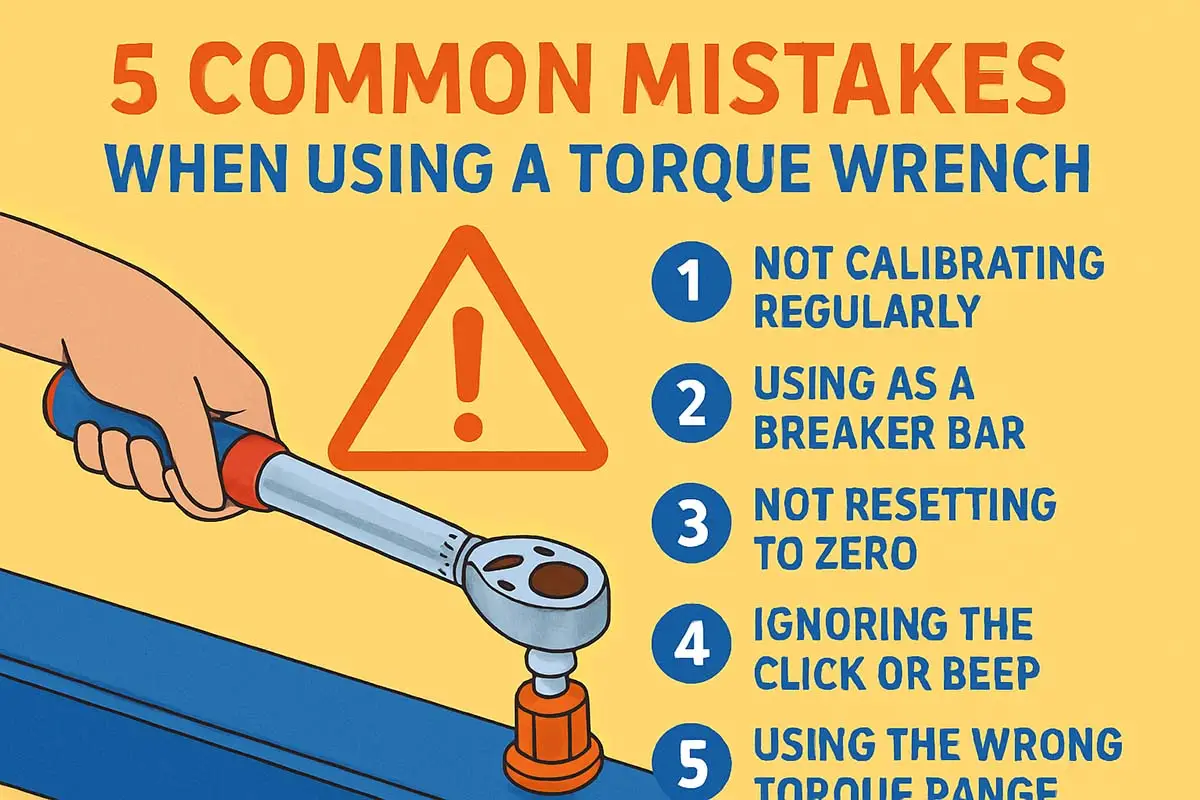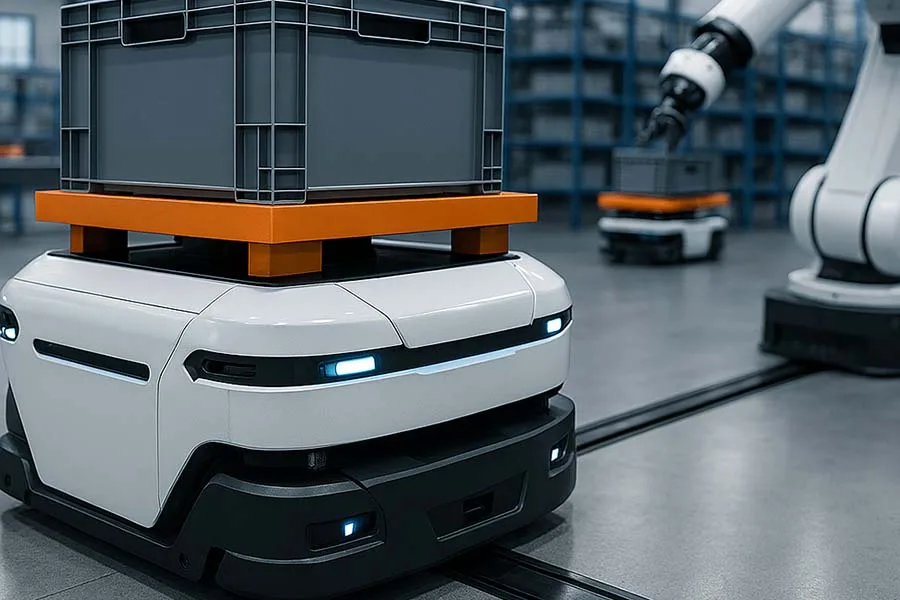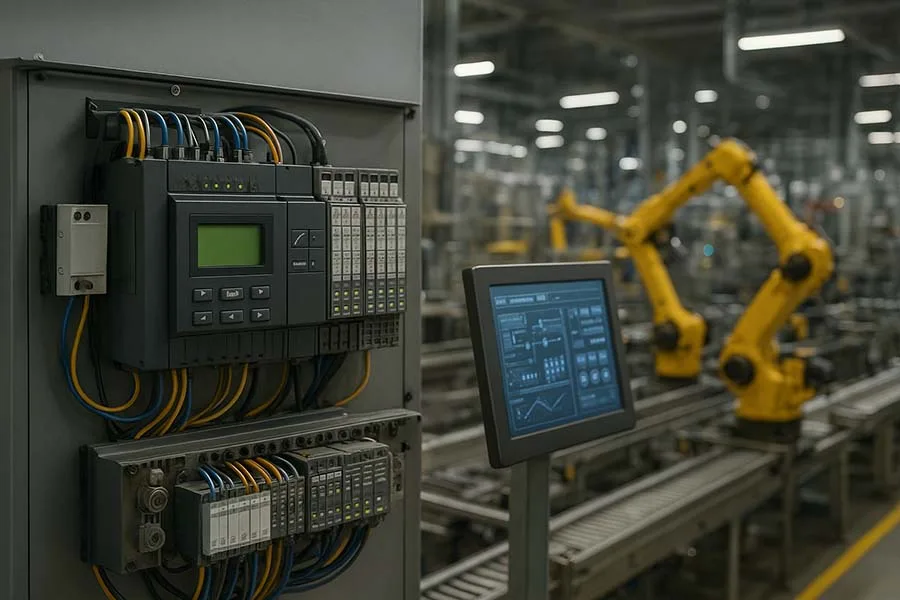Introduction: Why Tooling and Fixtures Matter
CNC machines may look like the stars of modern manufacturing, but without the right tooling and fixtures, they’re just expensive boxes of steel and servos. Tooling and fixturing determine whether a CNC can hold, cut, and finish a part with accuracy, speed, and repeatability.
Think of tooling as the cutting instruments and fixtures as the anchors. One without the other? You end up with chatter, vibration, broken tools, or worse — a very costly scrap pile.
Let’s dive into the world of CNC tooling and fixtures to see how they make or break the workflow.
What is CNC Tooling?
CNC tooling refers to the cutting tools and inserts used to remove material. From drills to end mills, every tool is chosen based on:
- Material of the workpiece (steel, aluminum, titanium, composites)
- Operation type (milling, turning, drilling, tapping)
- Desired surface finish and tolerances
Common Types of CNC Tooling
- End Mills: versatile cutters for slots, profiles, and contours
- Face Mills: for large flat surfaces
- Drills and Taps: holes and threads
- Reamers: for precision holes
- Inserts & Tool Holders: replaceable tips for lathes and mills
⚠️ Reality check: Cheap or worn-out tooling often causes tool breakage, poor finishes, and massive production delays. High-performance tools may cost more upfront but save thousands in downtime.
What are CNC Fixtures?
Fixtures are workholding devices that secure the raw material during machining. Without them, the part could shift or vibrate, ruining accuracy.
Common Types of Fixtures
- Vices and Clamps: for standard shapes
- Chucks and Collets: for round parts
- Modular Fixtures: adaptable systems for custom setups
- Dedicated Jigs: custom-built for high-volume runs
- Vacuum Fixtures: holding delicate or thin parts with suction
Technical note: A poorly aligned fixture can introduce micron-level errors that even the best CNC machine can’t compensate for.
Tooling and Fixture Selection Factors
Choosing the right combination isn’t guesswork — it’s engineering. Factors include:
- Material hardness (HRC rating)
- Cutting speeds and feeds
- Machine spindle power
- Part geometry and tolerances
- Batch size (prototype vs mass production)
📊 Interesting Fact: In aerospace machining, fixturing accounts for 30–40% of setup time, sometimes longer than the actual cutting!
The Role of Tooling and Fixtures in CNC Accuracy
Both tooling and fixtures influence:
- Dimensional accuracy
- Surface finish
- Cycle time
- Tool life
💡 Lesser-Known Fact: Some modern fixtures come with integrated sensors to monitor clamping force in real time. This prevents part slippage and ensures repeatability in Industry 4.0 environments.
Pros and Cons
✅ Advantages of Good Tooling & Fixtures:
- Consistent accuracy and repeatability
- Reduced cycle times
- Longer tool life
- Increased operator safety
❌ Disadvantages / Risks:
- High upfront cost for quality tools and custom fixtures
- Requires expertise to select and maintain
- Wrong selection can cause catastrophic machine crashes
Best Practices for CNC Tooling and Fixturing
- Use tool presetters to reduce setup errors
- Invest in carbide or coated tools for difficult materials
- Regularly calibrate fixtures and clamps
- Apply design for manufacturability (DFM) to reduce fixturing complexity
- Use modular systems when producing varied parts
Tooling and Fixtures in CNC FAQ
Want To Read More?
- CNC Machining Processes & Technologies
- CNC Workflow: From CAD to Finished Part
- Tooling and Fixtures in CNC
- Multi-Axis Machining: 3-Axis vs 5-Axis
- AI and Machine Learning in CNC: The Future of Smart Manufacturing
- Predictive Maintenance and IoT in CNC
- Digital Twins in CNC Systems
Conclusion: Anchoring Success in CNC
Tooling and fixtures may not get the spotlight, but they’re the unsung heroes of CNC machining. The best machines are only as good as the tools cutting the part and the fixtures holding it in place.
While advanced carbide tools and modular fixturing systems demand investment, the payoff comes in precision, productivity, and profitability. Skimping here is a false economy that can cost more in rework and downtime than the savings gained.
💬 Your Turn: What’s the most challenging tooling or fixturing issue you’ve faced in CNC machining? Share your experiences in the comments and pass this article along on social media — your insights could help someone else avoid costly mistakes!





